43 diagram of elodea cell
Diagram Of Elodea Cell. Introduction: The cell is the basic unit of life and the individual part of which the whole organism is composed. Many of the substances in a cell are organized into . This Elodea leaf cell exemplifies a typical plant cell. It has a nucleus, and a stiff cell wall which gives the cell its box-like shape. Plant Cell Parts, Functions & Diagrams. ... VIDEO: How to Make a Wet Mount Slide of Elodea Plant Cells. Eukaryotes = the more complex cells of animals, plants, fungi, protozoans, algae, and slime and water molds; Although eukaryotic cells share many characteristics, there are also specializations that make plant cells unique. The following is a ...
Elodea cells are more square and green and bigger. What is the size of an onion cell? In the diagram to the right, the average size of each cell is 0.25mm. Which type of cell was smaller? Cell Size. At 0.1–5.0 µm in diameter, prokaryotic cells are significantly smaller than eukaryotic cells, which have diameters ranging from 10–100 µm (Figure 2).

Diagram of elodea cell
Q. A wet mount of unstained Elodea (a green aquatic plant) is observed using high power (400x) of a compound light microscope. ... Q. Which diagram best represents the fluid-mosaic model of a cell membrane? ... Q. In the diagram of a cell above, the structure labeled X enables the cell to..... A Comparison of Cells Commonly Seen in Lab Bacteria: prokaryotic. This Elodea leaf cell exemplifies a typical plant cell. It has a nucleus, and a stiff cell wall. The Elodea leaf is composed of two layers of cells. Only one layer of cells is in focus when using the high.Elodea: leaf cells Elodea is a decorative aquatic plant often found in fish ... Elodea cells normally contain 1% salt. Five minutes after the slides were prepared, a student using a compound light microscope to observe the cells in leaves A and B would most likely see that A) water had moved out of the cells of the leaf on slide A B) salt had moved into the cells of the leaf on slide A C)
Diagram of elodea cell. Question: Make a diagram of several Elodea cells as observed under medium/ high power. Label the following structures in one cell: nucleus, cell wall, chloroplasts, and cytoplasm. This problem has been solved! See the answer See the answer See the answer done loading. Elodea Leaf Cell Diagram. The Elodea leaf is composed of two layers of cells. Only one layer of cells is in focus when using the high. Examining elodea (pondweed) under a compound microscope. solution) and a coverslip and observe the chloroplasts (green structures) and the cell walls. 30 seconds. Q. One primary function of the cell membrane is. answer choices. regulating the flow of simple sugars into or out of the cell. synthesizing substances by breaking down cell organelles. storing carbohydrates, water, and starches for future use. 2 Fig. 2.1 is a photomicrograph showing several cells from an Elodea sp. aquatic plant. A Fig. 2.1 (a) (i) Draw a large diagram of the cell labelled A in Fig. 2.1. [4] 9 UCLES 2020 0610/62/O/N/20 [Turn over (ii) P Q magnification ×1200 Fig. 2.2 Measure the length of the line PQ on Fig. 2.2.
Elodea cells normally contain 1% salt. Five minutes after the slides were prepared, a student using a compound light microscope to observe the cells in leaves A and B would most likely see that A) water had moved out of the cells of the leaf on slide A B) salt had moved into the cells of the leaf on slide A C) A Comparison of Cells Commonly Seen in Lab Bacteria: prokaryotic. This Elodea leaf cell exemplifies a typical plant cell. It has a nucleus, and a stiff cell wall. The Elodea leaf is composed of two layers of cells. Only one layer of cells is in focus when using the high.Elodea: leaf cells Elodea is a decorative aquatic plant often found in fish ... Q. A wet mount of unstained Elodea (a green aquatic plant) is observed using high power (400x) of a compound light microscope. ... Q. Which diagram best represents the fluid-mosaic model of a cell membrane? ... Q. In the diagram of a cell above, the structure labeled X enables the cell to.....








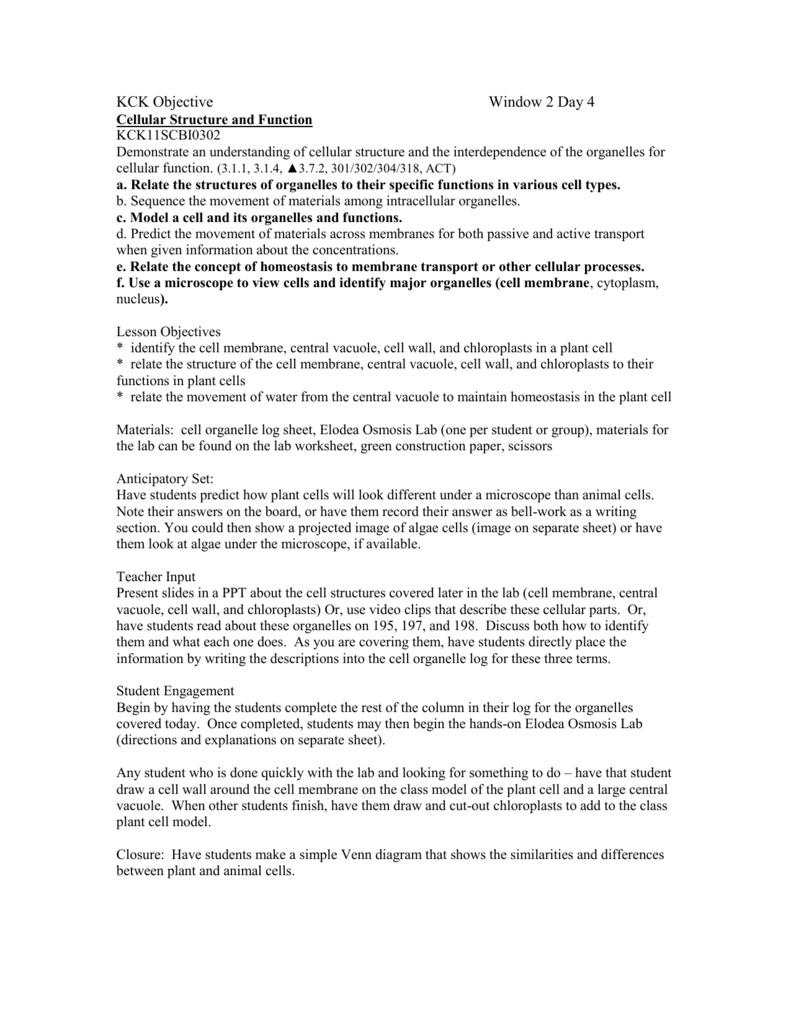

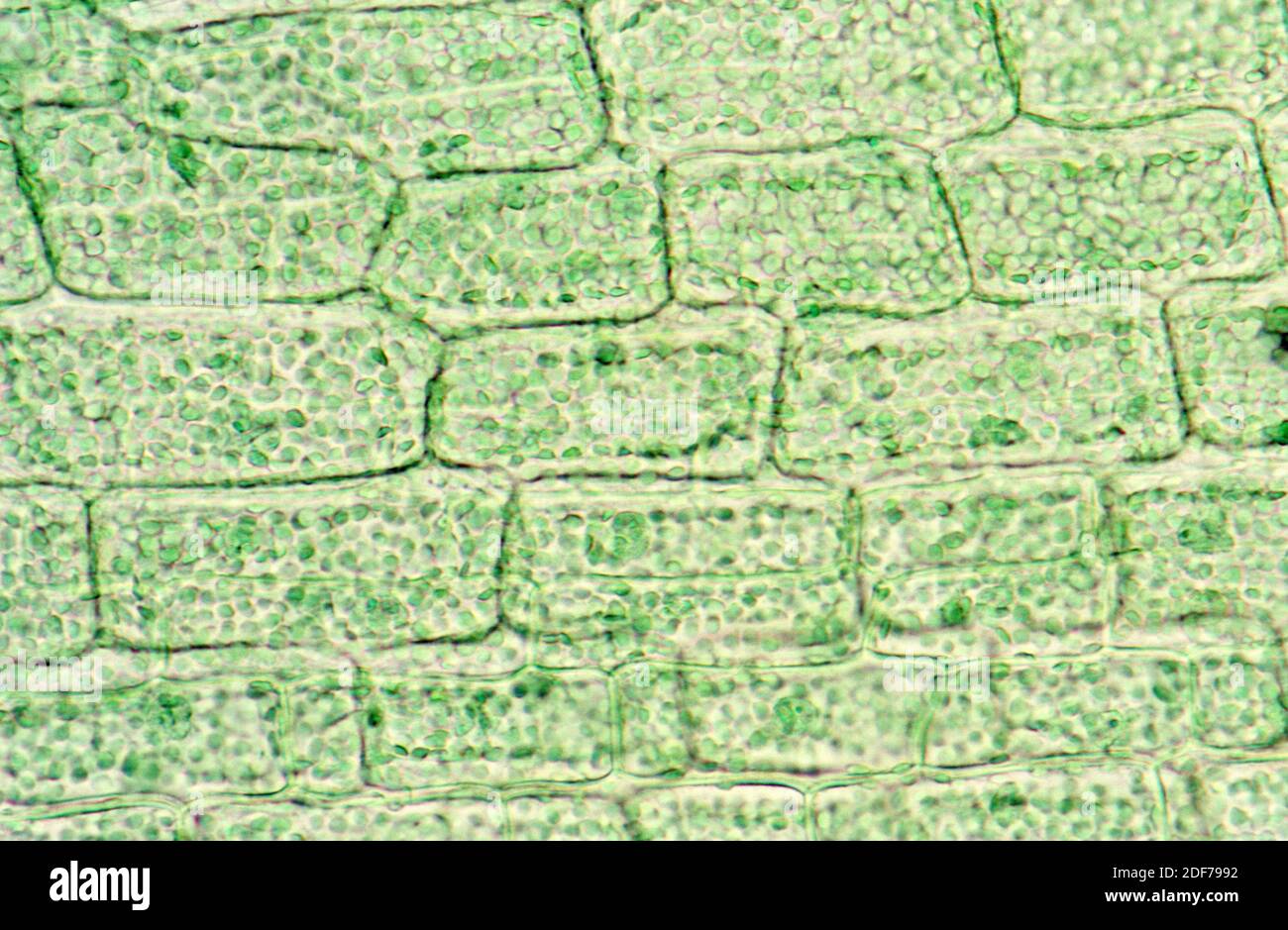


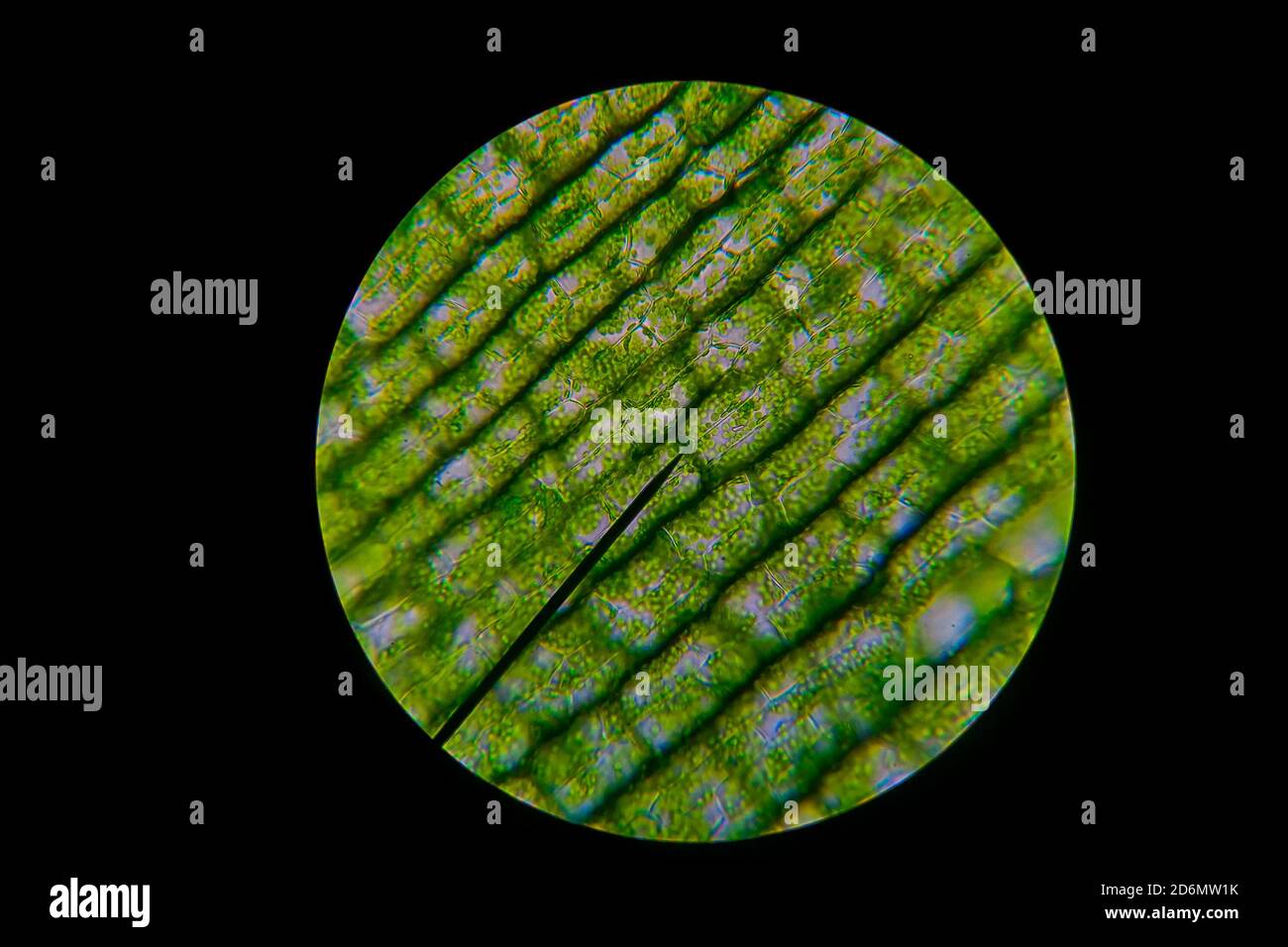






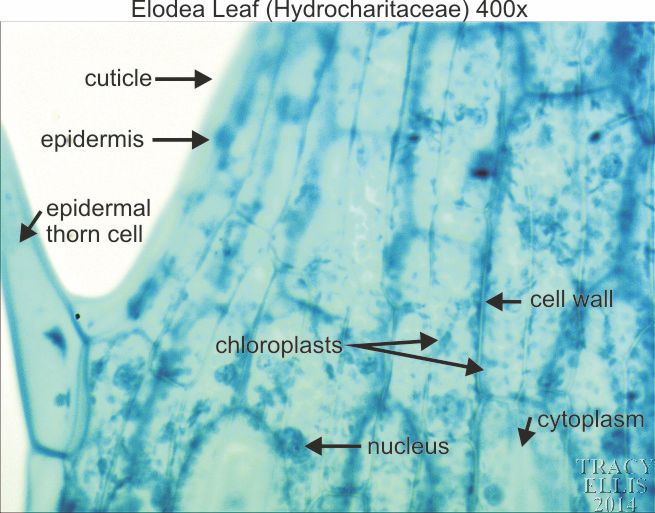













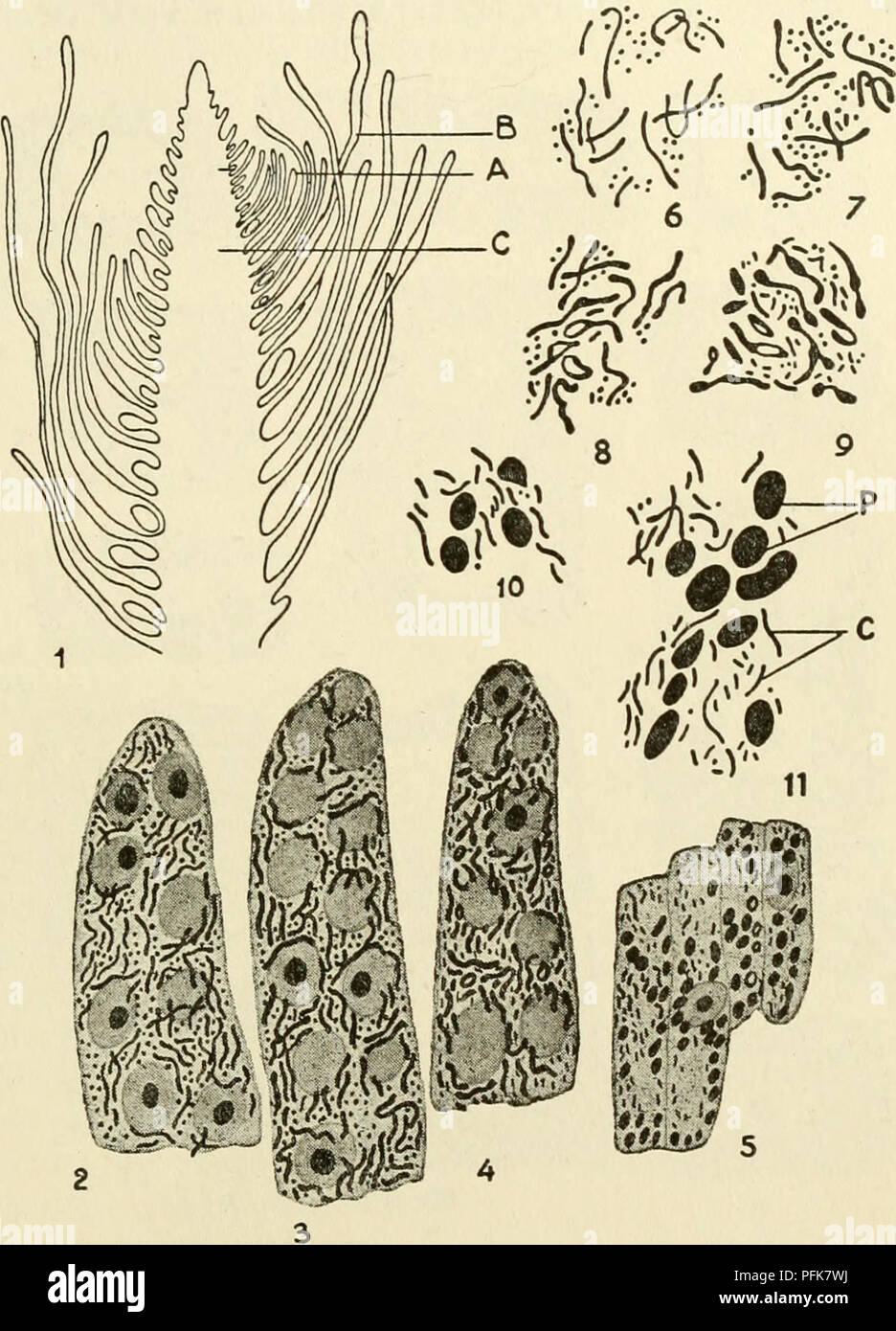
Comments
Post a Comment